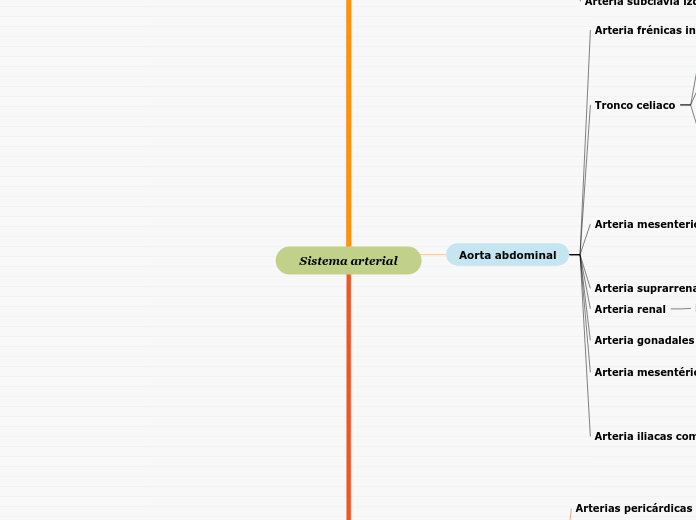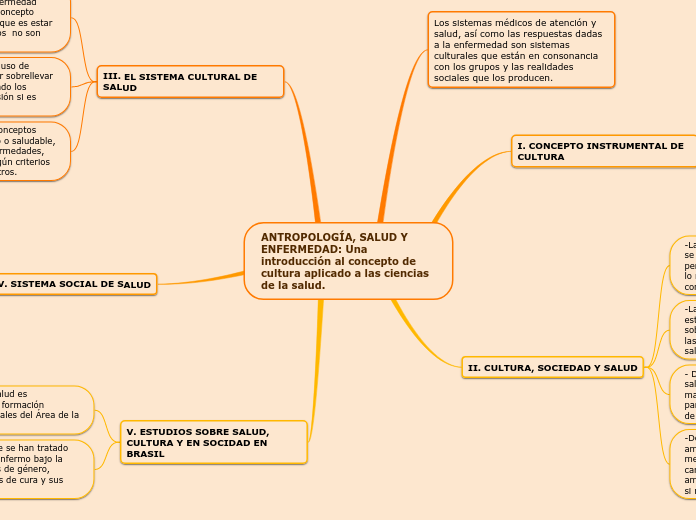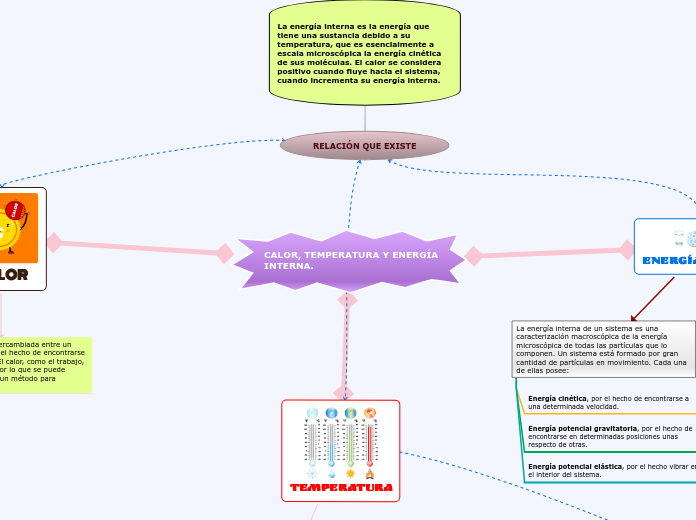Sistema arterial
To name your story, you have to think about the overall message and what you want your audience to understand from the story. Also, make it relevant and easy to remember.
Aorta toracica
The ending of a story is essential. We all know that if the ending is weak, what happened before loses its importance. So make it unpredictable, but fair. A resolved ending answers all the questions and ties up any loose threads from the plot.
Arteria frenicas superiores
Diafragma
Posterior
Superior
Arteria subcostales
Musculo intercostal
Arteria intercostales posteriores
Torax
Arteria mediastinicas
Mediastino
Arteria esofágicas
Esófago
Arteria bronquiales
This is the closure section of the story.
See examples of possible outcomes below:
- all problems have been solved
- it's clear how each one of your characters ends up
- your main character is transformed by the challenge
Pulmones
Bronquios
Try answering these questions in order for you to come up with a closure:
- Have all problems been solved?
- Is it clear what happens with all your characters in the story?
- Has the challenged transformed your main character?
- How do the characters feel in the end?
Arterias pericárdicas
This is the moment when the main character surpasses the last obstacle and finally faces their greatest challenge.
The climax usually follows one of these patterns:
- realization
- resolution
- choice
Type in your answer.
Pericardio
Aorta abdominal
Arteria iliacas comunes
Arteria iliaca internas
Vejiga urinaria
Músculos glúteos
Próstata
Utero
Arteria iliacas externas
Miembros inferiores
Arteria mesentéricas inferior
Arteria gonadales
Arteria ovaricas
Ovarios
Arterias testiculares
Testiculos
Arteria renal
Riñones
Arteria suprarrenal
Glándulas suprarrenales
Arteria mesentericas superior
colon
Tranverso
Ascendente
Ciego
Intestino delgado
Tronco celiaco
Arteria esplénica
Pancreas
Bazo
Arteria gástrica izquierda
Esofago
Estomago
Arteria hepática común
Hígado
Arteria frénicas inferiores
Diafragma superior
Cayado aórtico
Arteria subclavia izquierda
Arteria carótida comun izquierda
Tronco braquioncefalico
Arteria subclavia derecha
Miembro superior
Arteria carótida común derecha
cuello
Cabeza
Aorta ascendente
The middle of the story is where you add layers of complications that will lead to the end. Reveal more about the character's journey. Did their personality go through changes? How did they overcome the challenges? And as you build up the story’s central conflict, make it more personal to that character. Also, from the middle act, you have to lead into the final act.
Irrigacion
Corazon
Arteria coronaria
Each story has a main character and that character usually needs to solve a problem or challenge. The character's challenge is the one that creates tension throughout the story.
Derecha
Izquierda
Type in any other challenges which other characters in the story need to face.










